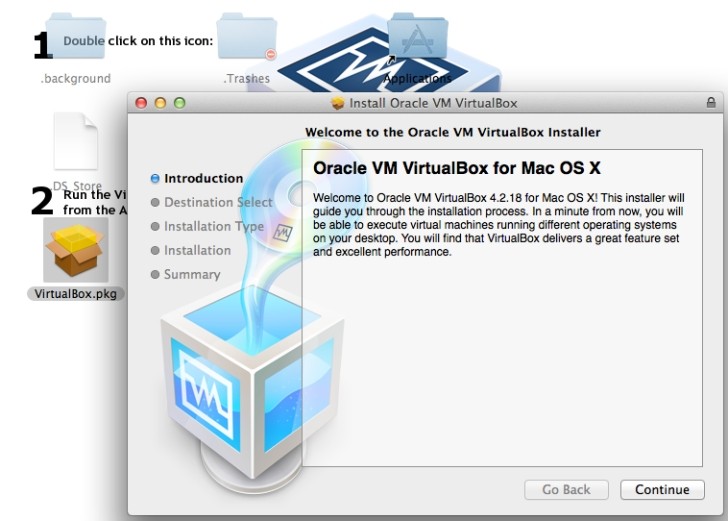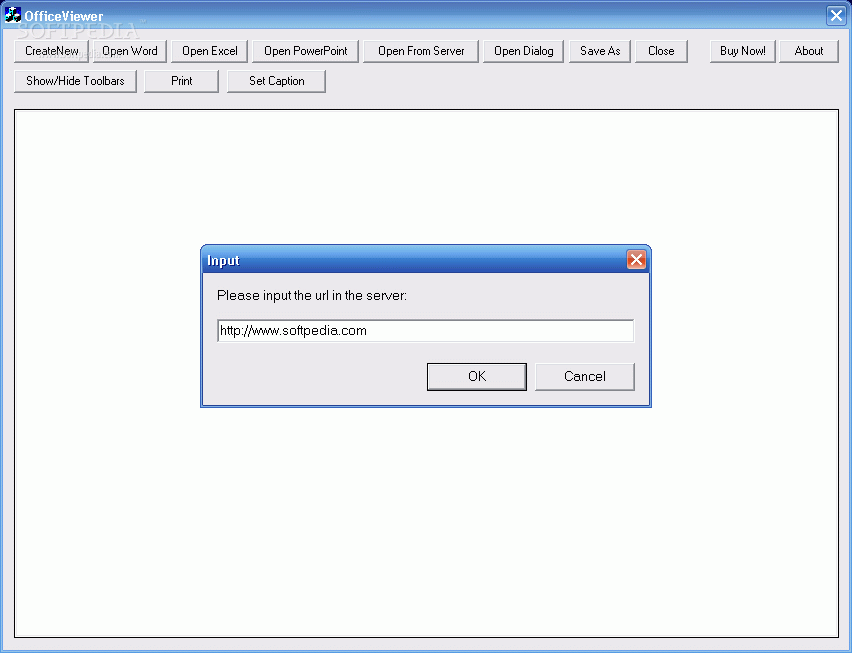Activex Control For Mac
ActiveX protocols are a set of reusable software pieces which are only available through the use of Internet Explorer. However, the IE Tab Extension for Google Chrome allows the use of a special 'IE Tab,' an emulation of Internet Explorer within the Chrome application. The IE Tab displays a second address bar and processes ActiveX protocols normally. Enabling ActiveX protocols allows Chrome users access to a variety of interactive dynamic websites like game and business web applications. Step 1 Open Chrome and navigate the browser to the IE Tab extension page. Step 2 Locate and click the 'Add to Chrome' button at the top-right of the screen.
Step 3 Click 'Continue' when the download dialog box opens at the bottom of the screen. Step 4 Click 'Install' when the dialog box opens after the download is finished. An IE Tab icon will appear next to the address bar and inform you when it is finished installing. Step 5 Click the IE Tab icon to open a new tab with an Internet Explorer address bar. The tab interfaces with Internet Explorer, allowing Chrome to use ActiveX extensions.
Step 6 Navigate to a website with ActiveX protocols. Click the acceptance dialog box which appears underneath the address bar. The ActiveX protocol will automatically install and reload the page when finished.
This extension requires Internet Explorer to be installed on the same system, so it will not work in Mac OS X. If ActiveX controls remain unusable with the IE Tab extension, look for a Netscape Plugin Application Programming Interface (NPAPI) version of the ActiveX protocol. Since ActiveX protocols are an Internet Explorer-exclusive feature, browsers like Google Chrome, Apple Safari and Mozilla Firefox use NPAPI protocols instead. Although ActiveX and NPAPI are similar, some websites may not support both formats. Thanks Ankit Sharma Nayan Jindal, 2:31 น.
Google for 'IE Tab Extension for Google Chrome', instal it, then: - Quoting Ankit Sharma. 'Step 5 Click the IE Tab icon to open a new tab with an Internet Explorer address bar. The tab interfaces with Internet Explorer, allowing Chrome to use ActiveX extensions. Step 6 Navigate to a website with ActiveX protocols. Click the acceptance dialog box which appears underneath the address bar. The ActiveX protocol will automatically install and reload the page when finished.'
Was simpler for me this way.

ActiveX Initial release 1996; 22 years ago ( 1996) Website ActiveX is a software framework created by that adapts its earlier (COM) and (OLE) technologies for content downloaded from a network, particularly from the. Microsoft introduced ActiveX in 1996. In principle, ActiveX is not dependent on operating systems, but in practice, most ActiveX controls only run on Windows. Most also require the client to be running on an -based computer because ActiveX controls contain compiled code. ActiveX is still supported as of Windows 10 through, while ActiveX is not supported in their default web browser (which has a different, incompatible extension system).
Contents. ActiveX controls Formerly, ActiveX is one of the major technologies used in. Compared with, ActiveX supports more, but JavaBeans supports more platforms.
ActiveX is supported in many technologies, such as, JavaBeans, and, to enable application developers to embed ActiveX controls into their products. Many Microsoft Windows applications—including many of those from Microsoft itself, such as, and —use ActiveX controls to build their feature-set and also encapsulate their own functionality as ActiveX controls which can then be embedded into other applications. Internet Explorer also allows the embedding of ActiveX controls in. History Faced with the complexity of and with poor support for COM in, Microsoft simplified the specification and rebranded the technology as ActiveX in 1996. Even after simplification, users still required controls to implement about six core interfaces.
In response to this complexity, Microsoft produced, base classes, and C language extensions to make it simpler to write controls. Starting with Internet Explorer 3.0 (1996), Microsoft added support to host ActiveX controls within HTML content. If the browser encountered a page specifying an ActiveX control via an OBJECT, it would automatically download and install the control with little or no user intervention. This made the web 'richer' but provoked objections (since such controls, in practice, ran only on Windows, and separate controls were required for each supported platform: one for Windows 3.1/Windows NT 3.51, one for Windows NT/95, and one for Macintosh F68K/PowerPC.) and security risks (especially given the lack of user intervention).
Microsoft subsequently introduced security measures to make browsing including ActiveX safer. For example:. of installation packages ( files and executables). controls must explicitly declare themselves safe for scripting. increasingly stringent default security settings.
Internet Explorer maintains a blacklist of bad controls ActiveX was controversial from the start; while Microsoft claimed programming ease and good performance compared to in its marketing materials, critics of ActiveX were quick to point out security issues and lack of portability, making it impractical for use outside protected. The ActiveX security model relied almost entirely on identifying trusted component developers using a technology called. Developers had to register with (US$20 per year for individuals, $400 for corporations) and sign a contract, promising not to develop. Identified code would then run inside the web browser with full permissions, meaning that any in the code was a potential security issue; this contrasts with the already used in Java at the time. Platform support In October 1996, Microsoft released a beta version of the ActiveX Software Development Kit (SDK) for the Macintosh, including a plug-in for on the Mac, and announced its plan to support ActiveX on later that year.
Six months and two more beta releases later, there had yet to be any commercially available Macintosh ActiveX plugins. Documentation for ActiveX core technology resides at The Open Group and may be downloaded free. Despite Microsoft's previous efforts to make ActiveX cross-platform, most ActiveX controls will not work on all platforms, so using ActiveX controls to implement essential functionality of a web page restricts its usefulness. Has started to remove this technology from their public websites in order to make their web site accessible to more platforms.
While Microsoft made significant effort to push the cross-platform aspect of ActiveX by way of publishing the API, ultimately the effort failed due to the ActiveX controls being written in or and being compiled in, making them executable only on Windows machines where they can call the standard APIs. Microsoft dropped ActiveX support from the edition of Internet Explorer 10 in. In 2015 Microsoft released, the replacement for Internet Explorer with no support for ActiveX, this marked the end of the technology in Microsoft's web browser development. ActiveX in non-Internet Explorer applications It may not always be possible to use Internet Explorer to execute ActiveX content (e.g., on a installation), nor may a user want to., last updated on 17 Jan 2014, can run ActiveX controls in for Windows.
was last updated in late 2005, and runs in Firefox 1.5. was last updated on 12 June 2008, and will run in Firefox 1.5 to 3.5.x., a extension that mimics Internet Explorer Behavior in the browser. Other ActiveX technologies Microsoft has developed a large number of products and software platforms using ActiveX objects. They are still used (e.g., websites still use ASP):. (formerly known as ActiveX Scripting) is the technology used in Windows to bridge scripting engines like, or and hosting applications like Internet Explorer, or third party applications that implement a scripting host. is a Microsoft technology that allows users to view and edit Microsoft Word, Excel, and PDF documents inside web browsers., later renamed. (ASP)., later renamed.
(ADO). (ASF), renamed Advanced Streaming Format, then to Advanced Systems Format See also.
From the original on 14 May 2016. Retrieved 1 June 2016. Anderson, Jerry (1997). Activex Programming with Visual C.
Cai, Xia, et al. 'Component-based software engineering: technologies, development frameworks, and quality assurance schemes.' Software Engineering Conference, 2000. Seventh Asia-Pacific. Hughes, Merlin (1 March 1997). From the original on 15 March 2016. NI Developer Zone.
Activex Control For Mac
National Instruments. 13 August 2007. Archived from on 28 February 2008. Retrieved 12 March 2009. The term ActiveX surfaced in the Microsoft world in early 1996.
News Center. 12 March 1996. From the original on 12 February 2017. Retrieved 11 February 2017. Microsoft Corp. Today announced ActiveX Technologies, which make it easy for the broadest range of software developers and Web designers to build dynamic content for the Internet and the PC.
ActiveX Technologies form a robust framework for creating interactive content using software components, scripts and existing applications. Specifically, ActiveX Technologies enable developers to build Web content easily using ActiveX Controls (formerly OLE Controls), active scripts and active documents. ActiveX Technologies are available in the form of the Microsoft ActiveX Development Kit, which is being distributed to more than 4,000 developers attending the Professional Developers Conference in San Francisco today. Activating ActiveX Controls. 18 April 2006. From the original on 19 April 2006.

Retrieved 16 June 2009. Dugan, Sean (19 May 1997). Quinlan, Tom (28 October 1996). Vol. 11 no. 15. 11 April 1997. Archived from the original on 12 April 1997. CS1 maint: BOT: original-url status unknown.
The Open Group. From the original on 10 October 2012. Retrieved 7 August 2012. Yohap News Agency.
3 March 2015. From the original on 22 March 2015. Retrieved 2018-10-15. Keizer, Gregg (10 May 2015). From the original on 14 May 2015.
Activex Control Excel For Mac
29 April 2011. External links Wikimedia Commons has media related to.